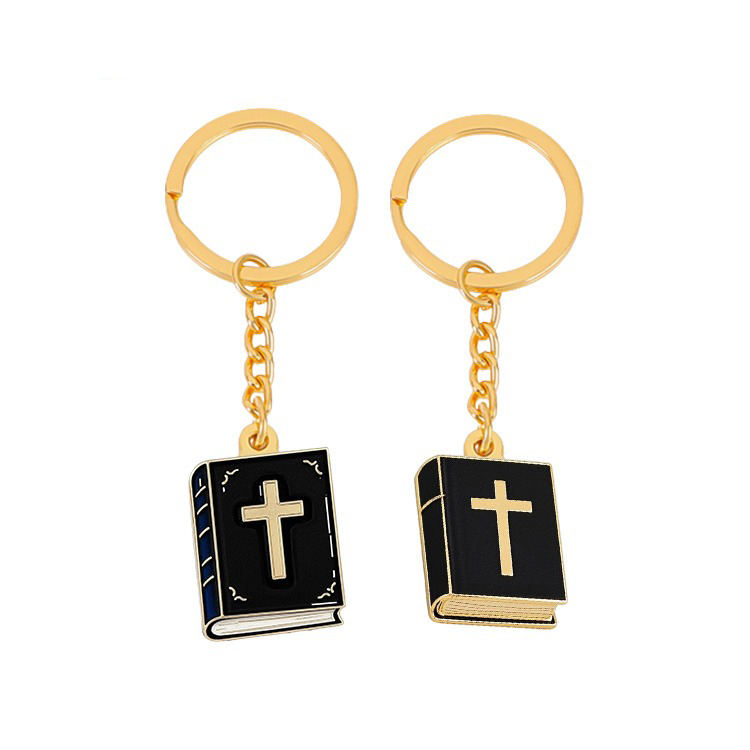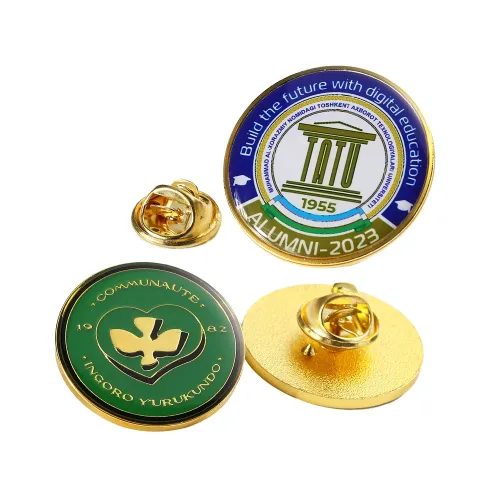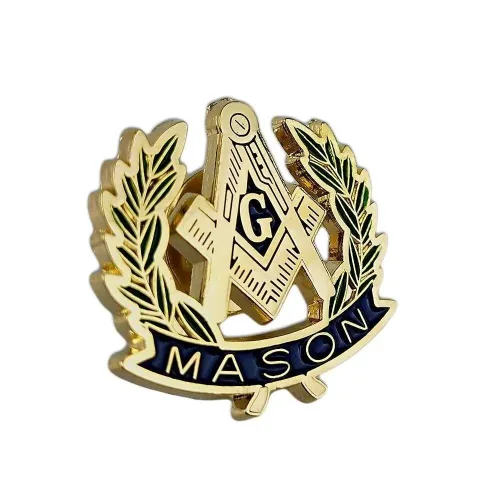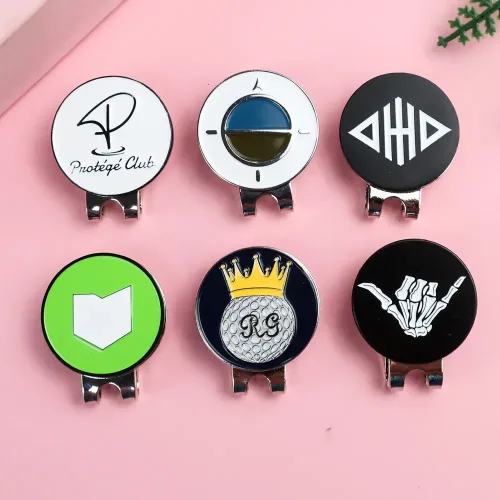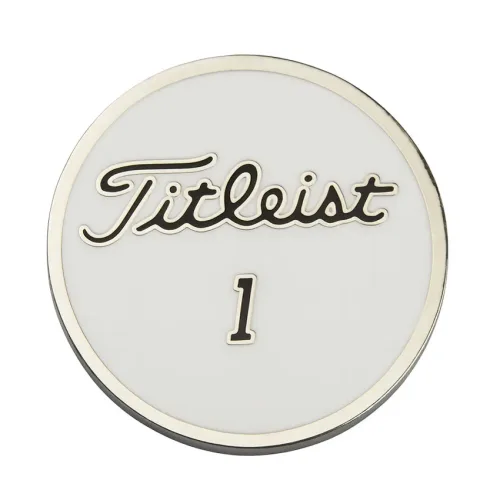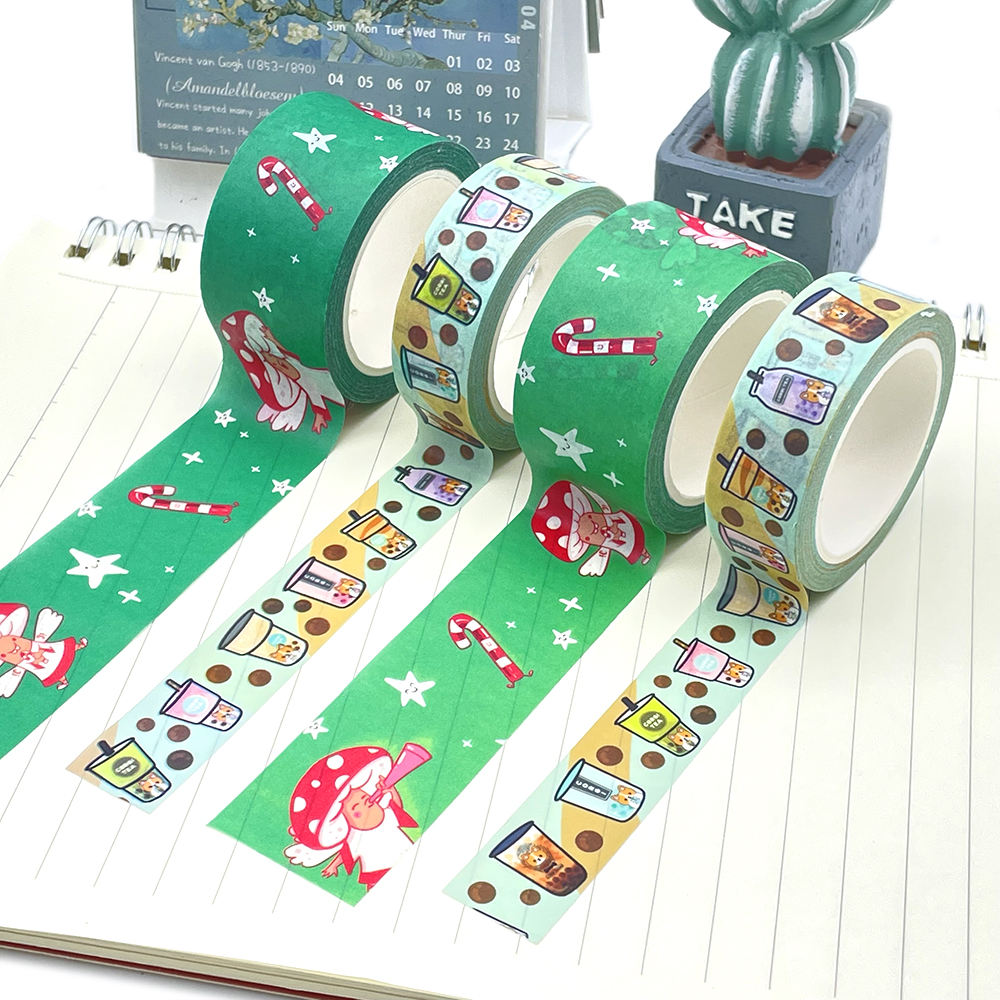
Is Washi Tape Waterproof?
Washi tape has become a beloved tool for DIY enthusiasts, planners, and crafters worldwide. Known for its beautiful designs and ease of use, it is an essential material in the world of creative projects. But a question that often comes up is: Is washi tape waterproof? This article delves deep into the properties of washi tape, its potential for outdoor and wet environment use, and how to enhance its durability in various conditions.
What is Washi Tape?
Washi tape originated in Japan and is made from traditional Japanese paper called washi. The word “washi” comes from “wa,” meaning Japanese, and “shi,” meaning paper. Unlike conventional adhesive tapes made from synthetic materials, washi tape is created from natural fibers like bamboo, hemp, rice, or the bark of native Japanese trees such as the mitsumata and gampi.
One of the standout features of washi tape is its low-tack adhesive, which allows it to be repositioned easily without leaving behind a sticky residue. This characteristic has made it popular for crafting, decorating planners, and even temporary wall art. However, when it comes to durability and exposure to moisture, its natural composition brings about the inevitable question: Is washi tape waterproof?
Is Washi Tape Waterproof by Nature?
In its original form, washi tape is not waterproof. Given that it’s made from paper, even though it is tougher than ordinary paper, washi tape has some limitations when exposed to water. If submerged in water or placed in a consistently wet environment, the adhesive backing will eventually fail, and the paper will begin to degrade.
Washi tape can resist light splashes of water or slight exposure to moisture, but if you’re considering using it in a space that gets wet regularly—like a bathroom or an outdoor surface—it may not hold up for long.
However, the good news is that there are ways to make washi tape more water-resistant, and in some cases, you can still use it in mildly damp areas. Let’s explore more about this below.
Where Can You Use Washi Tape?
While the answer to “Is washi tape waterproof?” may initially seem disappointing for those hoping to use it in wet environments, it’s important to note that there are plenty of practical uses for washi tape where moisture isn’t a concern. Here are some popular applications:
- Decorating planners and journals: Washi tape is a favorite among bullet journalers and planners. It’s easy to apply and remove without damaging the paper, making it ideal for adding color and designs to pages.
- Home décor: You can use washi tape to create temporary wall art, decorate photo frames, or even add flair to furniture pieces. In areas with low moisture, like bedrooms or living rooms, washi tape can last a long time without issue.
- Card making and scrapbooking: For paper crafts, washi tape is an excellent embellishment. Since these projects are often kept indoors and protected from water, you don’t need to worry about water exposure.
- Gift wrapping: Washi tape is perfect for sealing gift wraps or adding decorative touches to packages. Though not as durable as conventional tape, it adds a unique visual appeal that regular tape cannot match.
In environments where moisture is controlled or absent, washi tape can be applied beautifully and will last a long time. But what if you want to use it somewhere a bit more damp?
How to Make Washi Tape Water-Resistant
Although the short answer to “Is washi tape waterproof?” is no, there are a few techniques you can use to improve its resistance to water.
1. Clear Sealant Spray
One of the most effective ways to protect washi tape from moisture is by applying a clear sealant spray. Sealant sprays, such as acrylic or polyurethane, can provide a protective layer that repels water while still maintaining the design and aesthetic of the washi tape.
To use a sealant spray:
- First, apply your washi tape to the surface.
- Ensure it’s positioned correctly, as you won’t be able to move it after the sealant is applied.
- Spray the sealant evenly across the tape, holding the can at a distance of about 10-12 inches.
- Let it dry completely before exposing it to water or moisture.
This method works well for outdoor projects, bathroom decorations, or any other surface where you want to add a splash of color but still need some water resistance.
2. Clear Packing Tape or Laminating Sheets
If you need a quick and easy way to make your washi tape more durable, applying clear packing tape or using a laminating sheet over the top of it can provide some protection against water. This method is particularly useful for items like bookmarks, tags, or cards that might come into contact with moisture.
To use clear packing tape or laminating sheets:
- Apply the washi tape to your project.
- Carefully overlay a strip of clear tape or a laminating sheet, making sure to avoid wrinkles or air bubbles.
- Trim any excess tape or laminate from the edges.
While this approach might alter the texture and feel of the tape, it ensures a higher degree of water resistance.
3. Mod Podge or Clear Glue
For smaller projects, applying a layer of Mod Podge or clear glue over your washi tape can also protect it from water damage. This method is ideal for scrapbooks, cards, or other paper-based crafts that won’t need to endure heavy water exposure but could be prone to occasional splashes.
To use Mod Podge:
- First, apply the washi tape to your project as usual.
- Use a small brush to spread an even layer of Mod Podge over the tape.
- Allow it to dry fully before handling or exposing to moisture.
Although this won’t make the tape completely waterproof, it adds a layer of durability that can be helpful in many cases.
Can Washi Tape Be Used Outdoors?
Given that washi tape is not waterproof, it’s natural to wonder whether it can be used for outdoor projects. The short answer is yes, but with some limitations.
Washi tape can be used outdoors for temporary or decorative purposes, such as:
- Decorating a party or event space.
- Labeling or adding flair to outdoor seating, tables, or party favors.
However, it’s important to keep in mind that exposure to the elements—especially rain, humidity, or direct sunlight—can cause washi tape to deteriorate more quickly than it would indoors. If using washi tape outdoors, it’s a good idea to apply a sealant or use it in areas sheltered from rain.
For longer-lasting outdoor projects, you may want to look into more durable, waterproof tapes designed for heavy-duty use, such as vinyl tapes, which are specifically built to withstand harsh weather conditions.
How Does Washi Tape Compare to Other Tapes in Terms of Water Resistance?
To better understand the water resistance of washi tape, it’s helpful to compare it with other common types of tape:
1. Masking Tape
Like washi tape, masking tape is made from paper. It also features a low-tack adhesive, making it easy to remove. However, masking tape has limited water resistance, just like washi tape. It is not suitable for environments with high humidity or exposure to water.
2. Duct Tape
Duct tape is known for its durability and water resistance. It is made from a fabric mesh base with a polyethylene coating, making it ideal for use in outdoor or wet environments. Unlike washi tape, duct tape can handle prolonged exposure to water without losing its adhesive properties.
3. Vinyl Tape
Vinyl tape, often used in electrical work, is both flexible and waterproof. It is designed to withstand weathering, making it a better option than washi tape for long-term outdoor projects.
4. Painter’s Tape
Painter’s tape is another type of low-tack adhesive tape that is often used for masking during painting. Although not waterproof, it is more resistant to moisture than washi tape. However, like washi tape, it is best suited for dry environments.
Final Thoughts: Is Washi Tape Waterproof?
So, is washi tape waterproof? The simple answer is no, washi tape is not inherently waterproof due to its paper-based construction. However, that doesn’t mean you can’t use it in areas that may be exposed to some moisture. By applying a clear sealant, using laminating sheets, or adding layers of protective tape, you can enhance its durability in wet environments.
For general use in scrapbooking, journaling, home decor, and other dry applications, washi tape is perfect. But if you’re looking for a waterproof option, consider using other tapes specifically designed for outdoor or moisture-prone environments. With the right precautions, though, washi tape can still be a decorative and functional choice in slightly damp conditions.
Washi tape remains a fantastic tool for countless crafting and decorating projects, and while it may not be naturally waterproof, it’s still highly versatile when used creatively and with care.



